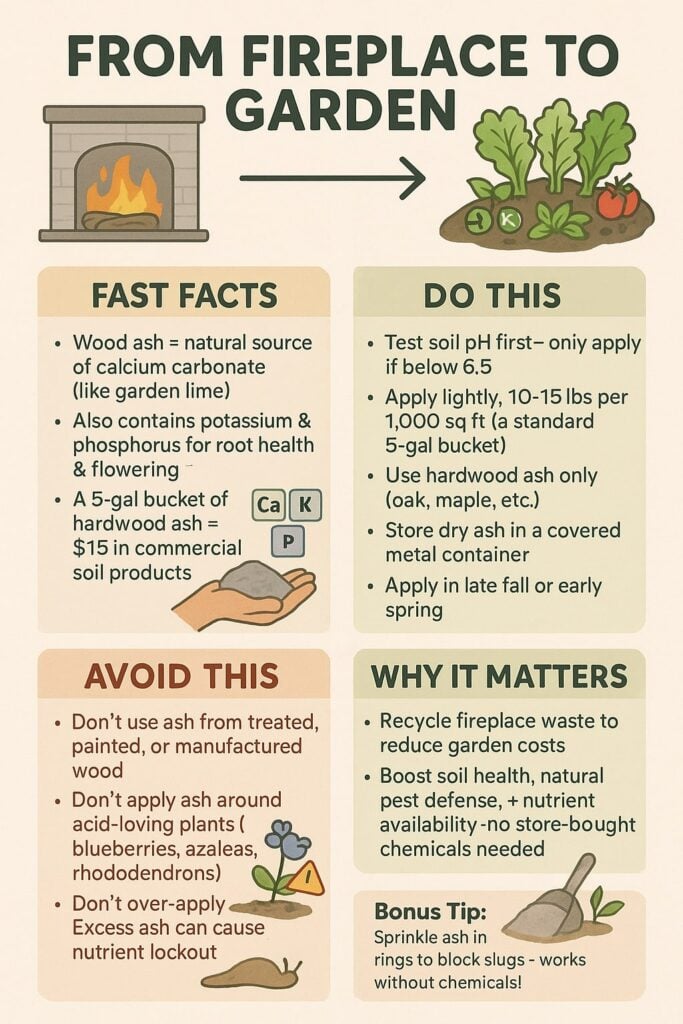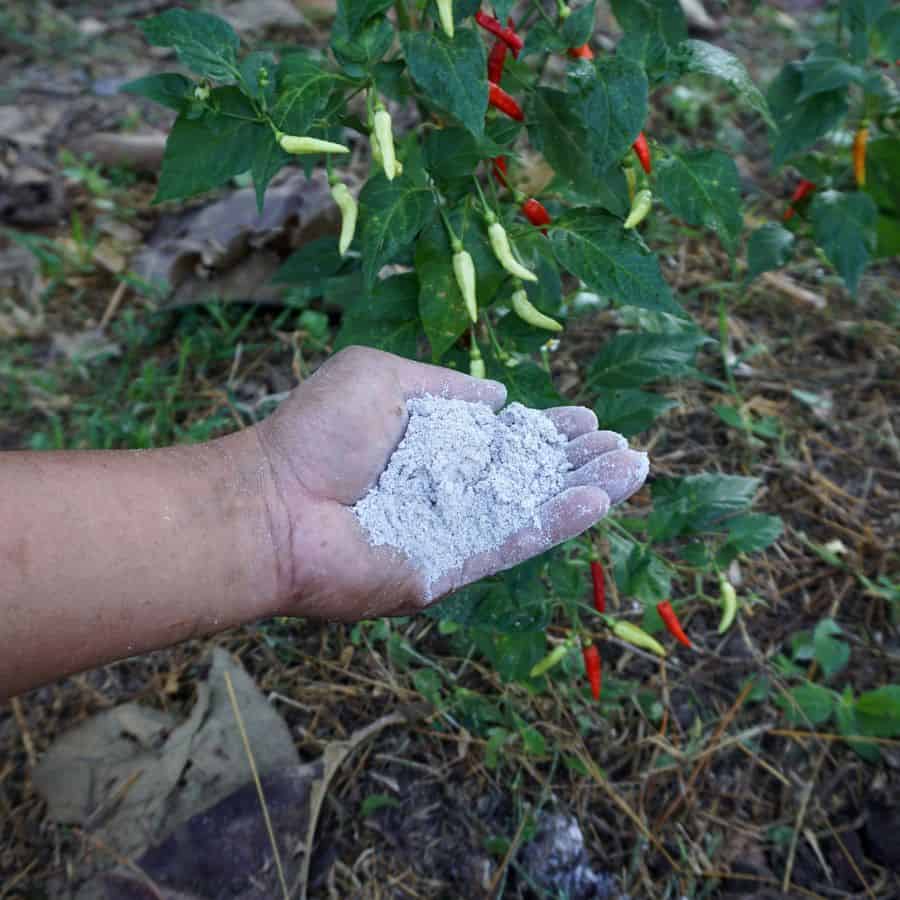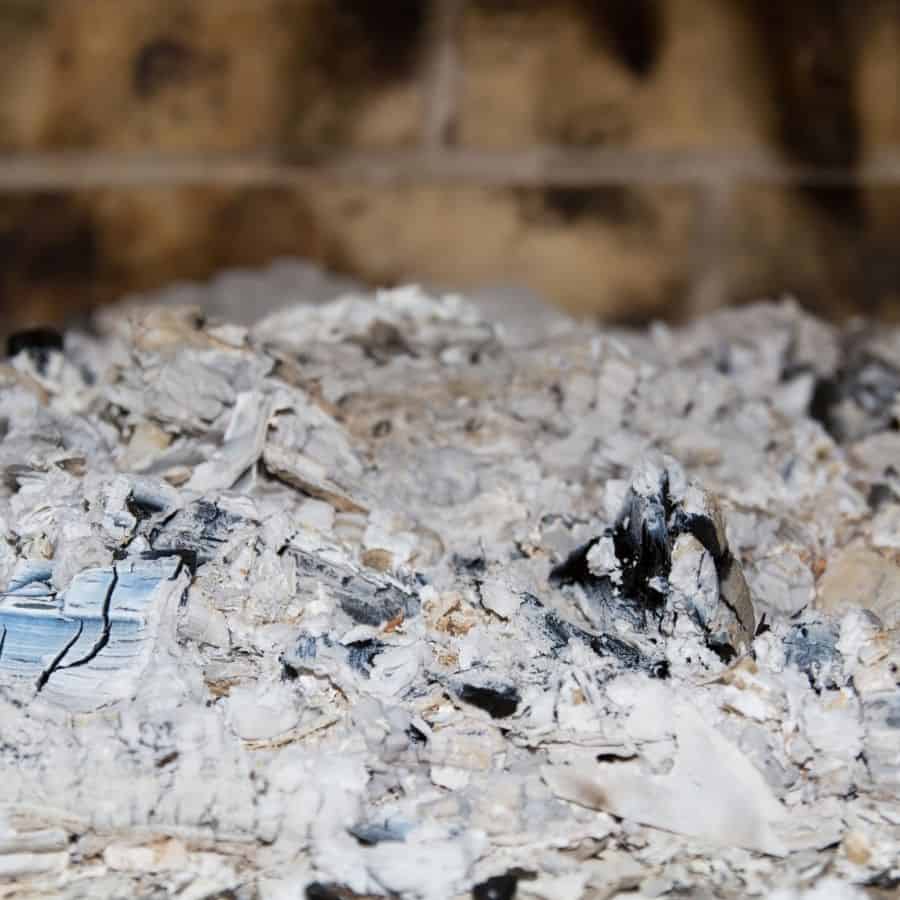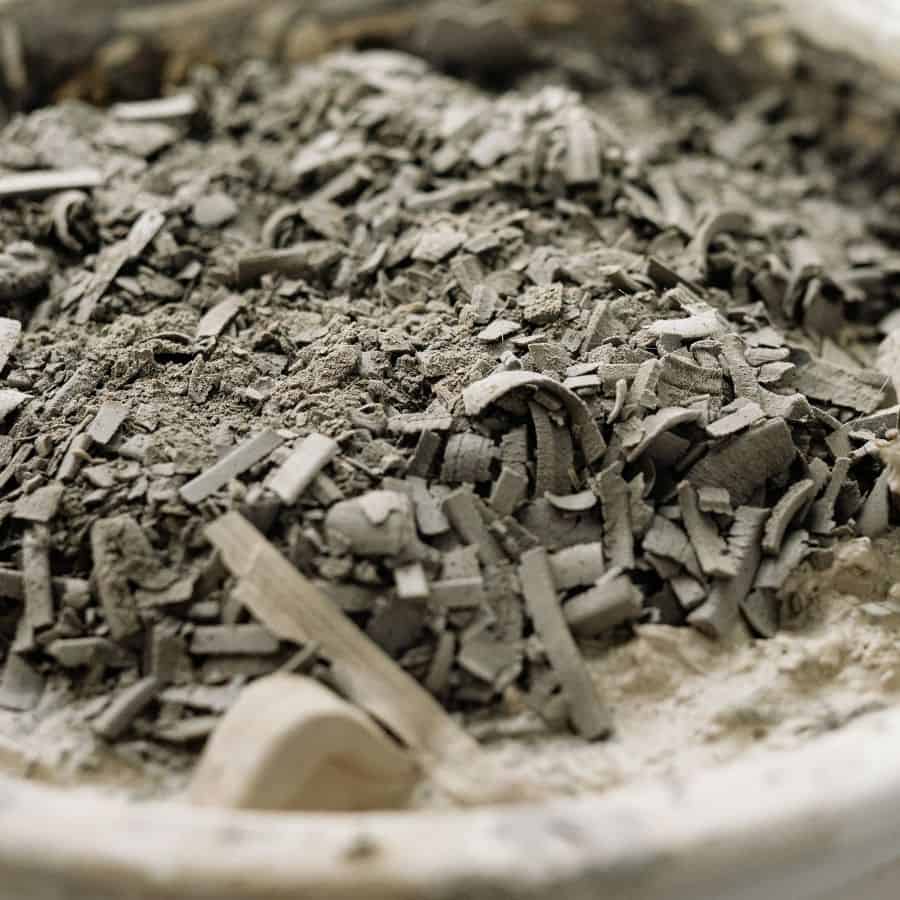
I nearly fell over when I discovered what gardening gold I’d been tossing in the trash for YEARS! That pile of wood ash from your fireplace?
It’s not just waste. It’s a secret weapon that could dramatically transform your garden. Most people make this mistake with their fireplace leftovers, dumping a resource that premium garden centers would charge you good money for!
What’s REALLY Hiding in Your Fireplace Ashes? (Nature’s Secret Formula)
Forget what you’ve heard about expensive soil amendments. That humble gray powder is a powerhouse cocktail of nutrients.
Wood ash is basically calcium carbonate (the same stuff in pricey lime products) with a bonus blast of potassium and phosphorus.

Here’s the surprising part: A typical 5-gallon bucket of hardwood ash contains roughly the equivalent of $15 worth of garden lime and potassium supplements. That’s money literally going into your trash!
(Quick tip: Hardwoods like oak and maple create nutrient-rich ash than pine or other softwoods. The better the wood, the better the boost!)
6 Game-Changing Ways Wood Ash Can Rescue Your Garden
The secret most plant experts won’t tell you is that this free resource works like magic in multiple ways. Your garden is practically begging for this gray gold!
- Natural pH Balancer: Raises acidic soil pH like commercial lime products (but for FREE)
- Root Booster: The potassium content supercharges root development. Think of it as an energy drink for your plant’s foundation
- Soil Structure Enhancer: Improves drainage in clay soils like a tiny army of workers, creating pathways for water
- Nutrient Unlocking: Makes existing soil nutrients more available to your plants
- Pest Barrier: Creates a natural defense against slugs and snails that would make a medieval moat-builder proud
- Compost Accelerator: Supercharges your compost pile’s decomposition process
CAUTION: The Deadly Mistakes That Could Kill Your Plants
I was shocked to discover that improper ash application can transform this miracle amendment into plant poison! The difference between amateur and pro plant parents is simply knowing these critical rules:
- NEVER use ash from treated, painted, or manufactured wood, unless you want to introduce toxic chemicals that will haunt your garden for years
- ALWAYS test soil pH first; adding ash to already alkaline soil is like pouring salt on a wound
- AVOID using ash around acid-loving plants like blueberries, azaleas, or rhododendrons. They’ll suffer in alkaline conditions
- RESIST the urge to over-apply. More is definitely not better with wood ash

The 6-Step Wood Ash Masterclass (Pro Methods Revealed)
Ready to transform your gardening game? Here’s exactly how the experts use this miracle amendment:
- Test Before You Try: Grab a $10 soil pH testing kit from any garden center. If your soil reads below 6.5, you’re good to add ash. If it’s above 7.0, skip it entirely.
- Apply With Precision: Sprinkle ash like you’re seasoning an expensive steak – lightly and evenly. About 10-15 pounds per 1,000 square feet (roughly a 5-gallon bucket) is perfect. That’s approximately 1/4 inch layer over your soil.
- Create Pest Barriers: Draw thin ash lines around vulnerable plants. Slugs and snails will retreat faster than teenagers from a family photo. Just remember to reapply after rain!
- Supercharge Your Compost: Mix a thin layer into your compost pile every 6 inches of material. Your compost will heat up and break down faster than ever – we’re talking decomposition on steroids.
- Store It Right: Keep ashes in a covered metal container (those decorative fireplace buckets are perfect). Moisture is the enemy, turning your valuable amendment into useless paste.
- Time It Perfectly: Apply in late fall or early spring for maximum benefit, giving it time to incorporate before the main growing season.
The game-changer for your garden isn’t what you think – it’s not about expensive fertilizers or complicated techniques. Sometimes the most powerful solutions are hiding in plain sight, waiting in your fireplace while you spend money on commercial products that do the exact same thing!
Plants That Will FLOURISH With Your Ash Application
Not all plants respond equally to this gray garden gold. These plants will practically dance with joy when you feed them wood ash:
- Vegetables: Tomatoes, beans, peas, garlic, and most leafy greens
- Flowers: Roses, lavender, carnations, and most flowering perennials
- Trees: Fruit trees (especially apples and pears), maples, and oaks
Your plants are trying to tell you something important. They don’t need expensive supplements when this natural alternative is sitting right in your fireplace!
From Waste to Wonder: The Final Word on Wood Ash
That gray dust from your fireplace isn’t trash. It’s a gardening treasure that can transform struggling plants into vibrant, thriving specimens.

By applying it correctly, you’ll not only save money but join the ranks of savvy gardeners who understand that sometimes the best solutions aren’t found on store shelves.
Stop throwing away this winter gold and start putting it to work! Your garden will thank you with spectacular growth and a vibrant display that will have the neighbors asking for your secret.